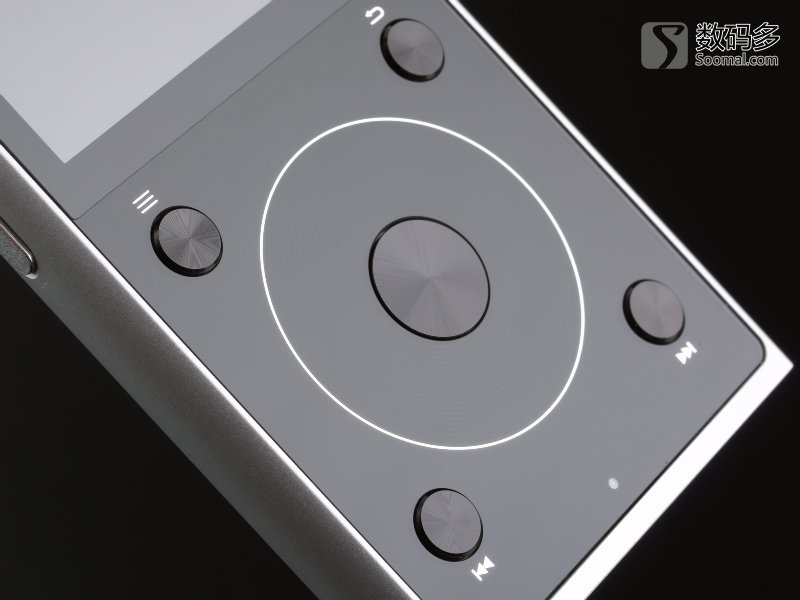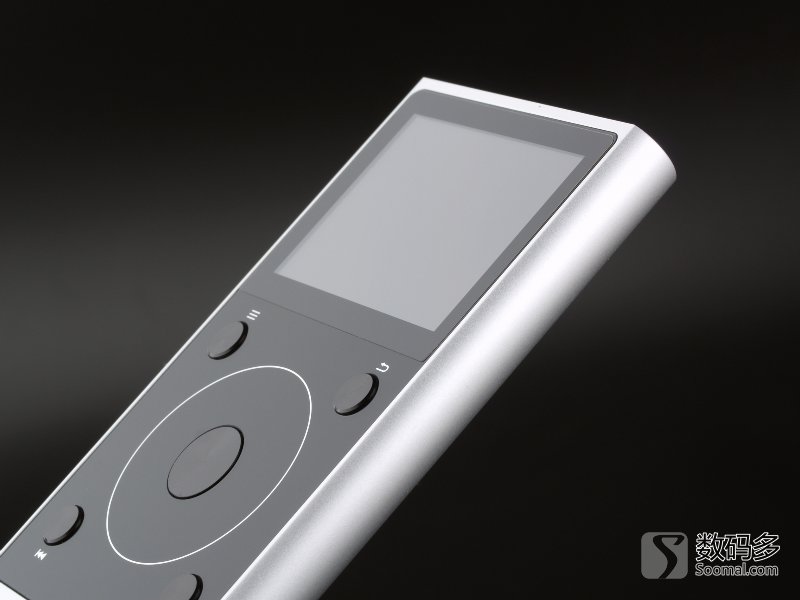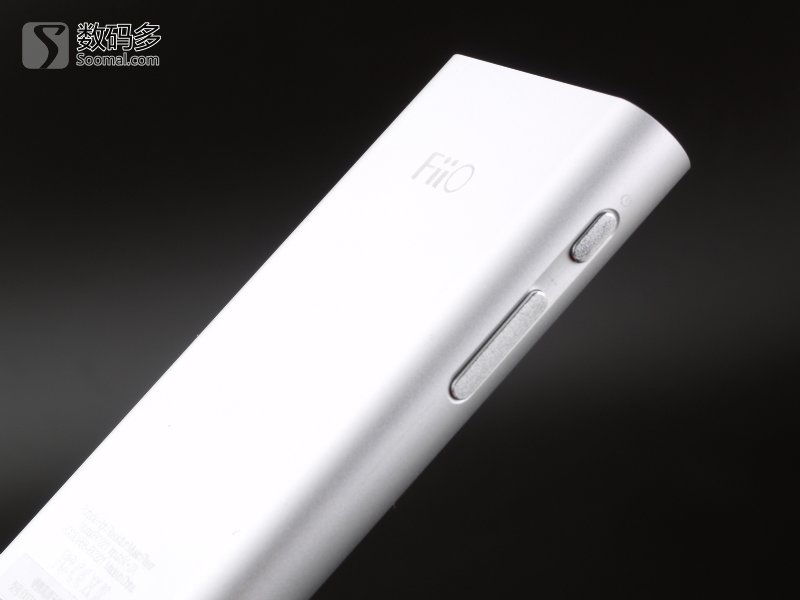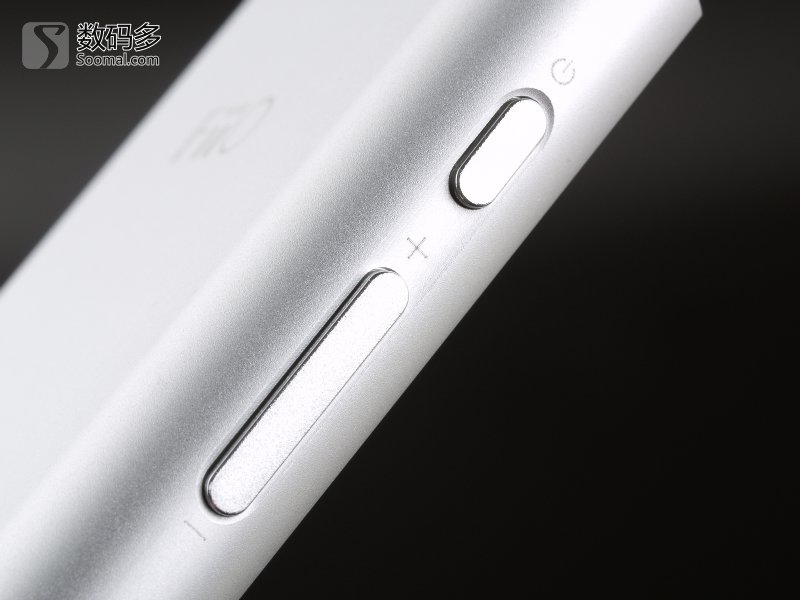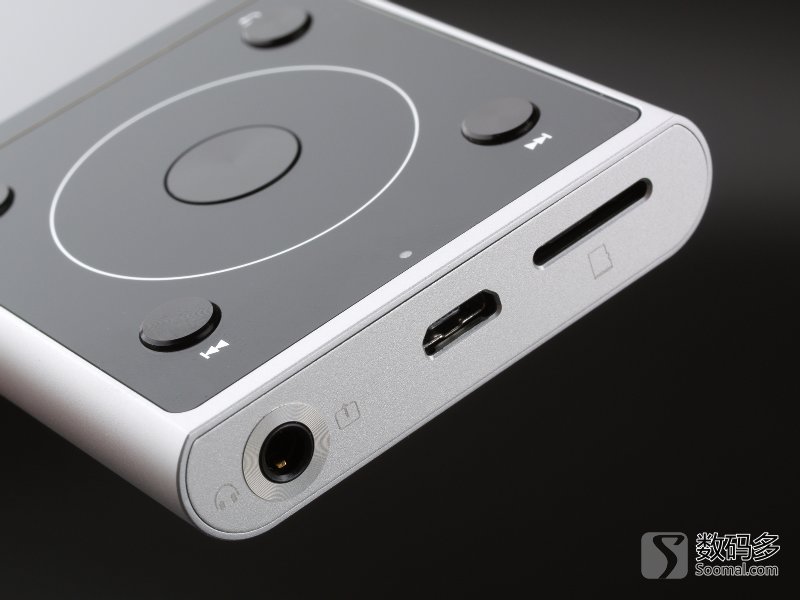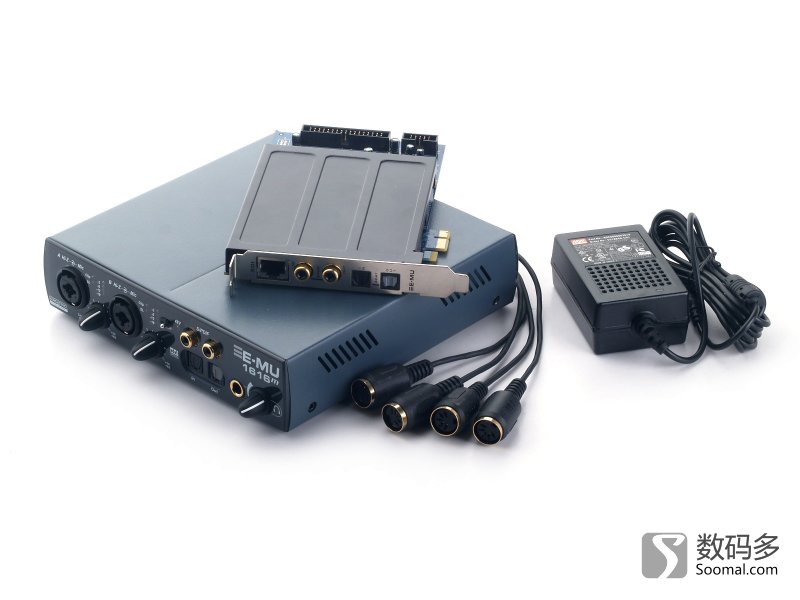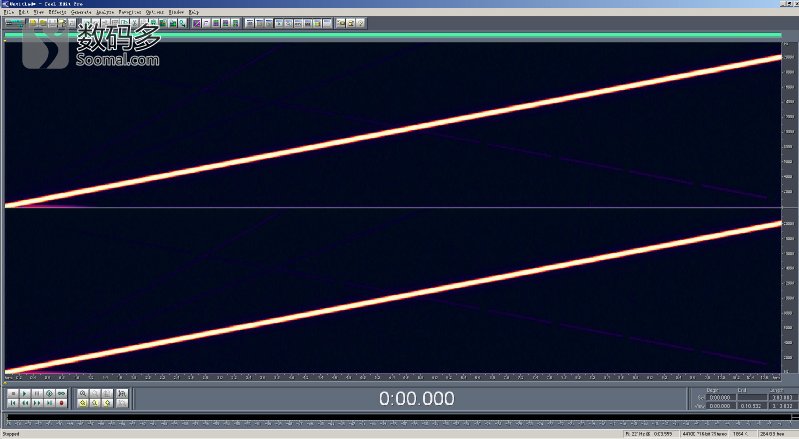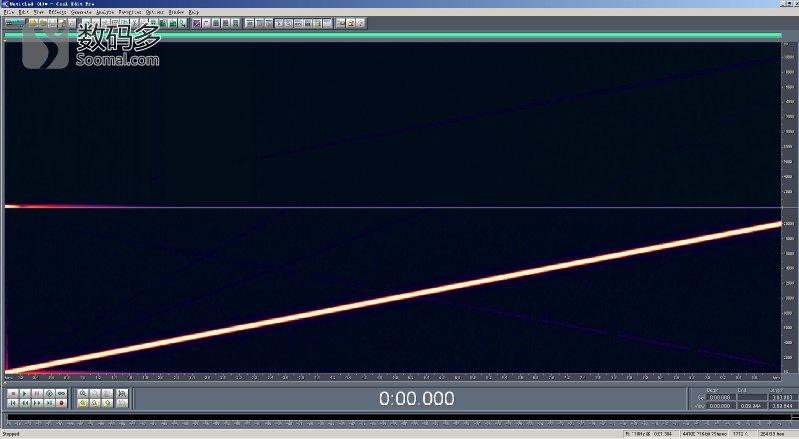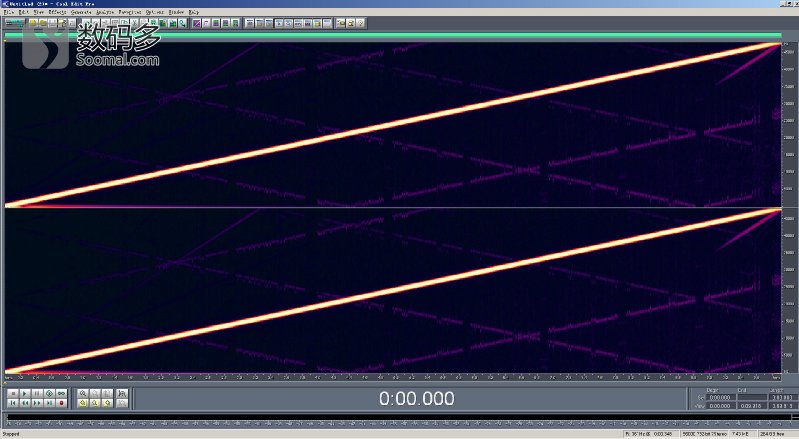FiiO Feiao X1II Portable Audio Player Evaluation Report
Feiao X1II[X1 Second Generation] is an entry-level walkman player just released in September this year. This is also Feiao's product that updated this series two years after the launch of the first X1. Among Feiao's walkman products, X1 came out later than X3 and X5, so X1II actually represents Feiao's latest design concept of player products. The price of Feiao X1II is 666 yuan, which is equivalent to that of the first generation product. However, compared with the first generation of products, X1II has changed a lot. It has changed in appearance, function and even kernel system. How does it perform?
FiiO Feiao X1II Portable Audio Player
FiiO Feiao X1II Portable Audio Player-Compare FiiO X1 [First Generation]
Appearance and Main Functions
: It can be easily seen from the figure that the appearance of Feiao X1II has changed. For the second generation X3, X5 and the first generation X1 derived from the design of the first generation X5, the appearance design of the X1II can be described as completely reborn. However, if you can really experience the real thing in your hand, its thick integrated pure aluminum body, arc-shaped grip on both sides and texture in your hand are much better than the "metal shell" in X1. And X1II is also available in silver, black, and rose gold. I don't know why we received the most vulgar silver [iPhone6s popular rose gold, iPhone7 popular dark black].
FiiO Feiao X1II Portable Audio Player
FiiO Feiao X1II Portable Audio Player
Feiao X1II is a whole black bright panel. The upper part is the screen. I don't know why. The surface of the screen is covered with a very thin piece of glass, which is not integrated with the lower part of the manipulator. At first, we thought it was a screen film, but we didn't deduct it after picking it for half a day. The display quality of the screen is the same as that of the first generation X1. However, Feiao's UI has slightly changed on the second generation X1, and the theme can also be selected with colors, which is a slight improvement on the whole. [Note on November 1: After reconfirmation, the upper part is indeed a film, which is very firm and cannot be torn off at all. In the later version X1II, a film covering the lower part of the control area will be pasted, so the version you bought should have a flat surface.]
X1II was Feiao's greatest expectation for X1II before it went on the market. We can see a lot of publicity in this area. What is it? It is the circular turntable, no longer a mechanical rotation to trigger the digital encoder, but a real touch circle turntable-"one turn". Indeed, since the iPod has used a touch dial since the first generation [the early iPod buttons were actually touched], this patent is difficult to avoid and see similar designs. And Feiao's "Lingxi One Turn" is the patented design of Feiao X1II.
Touch turntable: Compared with the mechanical turntable or the linkage structure of the scroll wheel and the digital encoder, the touch turntable directly communicates with the software in the system through capacitive touch sensing, and the hardware reliability is theoretically improved. As for the mechanical turntable and roller, we have not only seen it on the Feiao player, but also on other electronic devices such as cameras and remote control. After a long time of use, there is indeed a common phenomenon of poor reliability.
FiiO Feiao X1II Portable Audio Player-Compare FiiO X1 [First Generation]
But is touching the turntable or flying proud X1II really better than the turntables on the previous X1, X3 and X5? The answer is no. What is negative is not the reliability mentioned in the previous paragraph, but the operation experience of touch rotation and software matching. From the current experience, it is difficult to 100% make the stroke of touch rotation correspond to the list item you want. If there are 15 songs in the menu and you want to choose the 6th song you want at one time, I'm afraid you have to go through the process of 475757565656 and really can't stop. Of course, after a certain period of time to adapt with your luck, this process can be greatly shortened.
FiiO Feiao X1II Portable Audio Player
Why didn't the iPod give us this feeling before? We specially dug up the third generation of old iPod. From the perspective of scrolling, the old iPod is not high-tech, and there is no acceleration, brake damping, etc. of rolling under iOS or Android. However, the touch wheel of the iPod3 can scroll at a very high speed, but it can stop accurately when you want to stop, which is very accurate. And Feiao X1II can't do it at present.
Feiao hyped up how to avoid the iPod patent before the X1II went on sale, but from the actual experience, the two experiences are still not at the same level before the celebration.
X1II compare with its own generation X1 or X3 or X5? We can only say that each has its own advantages and disadvantages. The old turntable cannot rotate while the new turntable cannot stop. Of course, take a step back and say "it's not useless"? Therefore, to achieve precise operation, Feiao still has to work hard. However, we said as early as the first evaluation of Feiao X3 that Feiao's shrewdness is that we can use a turntable! There are also two keys below, you can select the menu.
Apart from the rollers, the control area of Feiao X1II is not much different from that of Feiao's old products. The menu key in the upper left corner can call out some related options in the current state. For example, you can call out a long menu when playing, and there are functions such as adding to favorites, circulating mode and even managing deleted files at the top. The button in the upper right corner is the return key.
FiiO Feiao X1II Portable Audio Player
FiiO Feiao X1II Portable Audio Player
FiiO Feiao X1II Portable Audio Player
FiiO Feiao X1II Portable Audio Player
Feiao X1II integrates all the interfaces under the machine, with a 3.5mm earphone connection hole, the MicroUSB data and charging interface in the middle, and a slot for the MicroSD card. The memory card slot supports SDXC specifications and can support 256G single capacity [measured 128G available].
storage speed: storage speed has always been the weakness of low-end walkman players, which still has compatibility problems with MicroSD cards of different brands. I remember that in the first generation of X1 evaluation, we used high-speed MicroSD cards that could only reach 3-4MB/s writing speed. Today, we use Toshiba's high-speed card [the measured writing speed is above 30MB/s], which can reach the fastest writing speed of 6-8MB/s on the old X1 [large file with an average speed of over 7MB/s], but it is even slower on X1II, with a speed of only about 5.5-7MB/s. Is it a small step backward, but fortunately it is not fast?
Bluetooth: except for surface function. Feiao X1II has also undergone some changes. Feiao X1II supports Bluetooth wireless playback and can be externally connected with Bluetooth speakers, headphones and other devices.
What about the Bluetooth experience? In fact, it is not easy for a player to have Bluetooth function, because they are not mobile phones, and there is already a Bluetooth wireless module in the chipset. And programs like Feiao X7 support Bluetooth is also smooth. The X1II needs to support Bluetooth, which directly leads to the redo of the operating system without any change in the core hardware. We did not disassemble the X1II and it is not clear how its antenna is designed. But in terms of use, the signal is obviously weak. In the case of full palm holding X1II, its available distance should be within 1-1.5 meters of full visibility. With a slight angle rotation or partial occlusion, the sound will be severely intermittent. If the X1II package is held tightly, the distance may be shorter. When X1II is placed on the desktop, the sound box within 1 meter will also be slightly disturbed by moving objects in the middle (such as a wave of an arm), but it can reach about 2-3 meters under full visual conditions, but it is extremely sensitive. A slight interference will significantly increase for a long time. Therefore, from the current point of view, such signal strength, putting X1II in your pocket and using it with a Bluetooth headset should be the ideal distance [but there should be no strong interference]. Other distances, not necessarily.
However, in terms of sound quality, X1II's Bluetooth solution performed well. Compared with the Bluetooth of iPhone and vivoX6 Plus, we output to the rambler S2000MKII and BOSE Soundlink MINI for comparison. The style of X1II is closer to iPhone and the intermediate frequency is thicker. Vivo's style is better in high frequency resolution, but relatively scattered in medium and low frequencies. X1II does not support HD format, APE format and volume adjustment during Bluetooth playback.
Car Mode: In addition, X1II also proposes a "car mode". If you only look at the official instructions, I really don't understand what it means. The car mode is modified in the USB option in X1II. However, after the USB mode is turned on to the car mode, the player will play music when the connected USB cable is in the charging state, the car is turned off and the power is out, and the machine will automatically enter the energy-saving state. Can this be called car mode? Think about it carefully, even if you listen to music with a walkman, do you really need such a function?
Music playback function: X1II supports audio formats such as MP3, AAC, APE, FLAC, and ALAC. It supports up to 24bit/192kHz. Supports full-track FLAC and APE managed by CUE, and does not support CUE splitting of high-definition full-track [such as 2L 24bit/96kHz full-track]. At present, the X1II firmware is still not perfect, and it does not support gap-free playback between CUE sub-songs. There will be a slight burst between the two pieces. But this is not a problem on the first generation X1.
Core Hardware and Subjective and Objective Testing
we did not disassemble Feiao X1II, we can only make a brief explanation through official information. Looking at the whole system, Feiao X1II has no change compared with X1, X3 and X5, and still uses MIPS JZ4760B by Junzheng. However, as mentioned above, Feiao X1II's operating system is different from the past due to Bluetooth or touch control. In terms of DAC, X1II still does not use more advanced chips beyond the stage. TI PCM5142 is used on the first generation X1, while X1II is PCM5242.PCM5242 has a signal-to-noise ratio of 114dB, while the PCM5142 is 112dB, which is not much different on the whole. However, the official said that X1II cooperates with PCM5242 to support fully differential line output. This output is actually an analog signal output through the MicroUSB interface. Using it with Feiao's K5 desktop earpiece can realize balanced analog signal connection.
is matched with PCM5242 on X1II, and the external op amp chip is also used to OPA2322 make LPF output, and the ISL28291 is used to make ear amp current amplification output. X1II supports in-software switching between HPOut and Lineout. In fact, the maximum output voltage of X1II can reach about-0.5dBm under Lineout. The headphone output is-2dBm.
objective test
E-MU 1616M PCIe Digital Audio System
According to the convention, we conduct a no-load objective test on the headphone output of FIIO X1II player. The maximum output level of the headphone output is about-2dB.
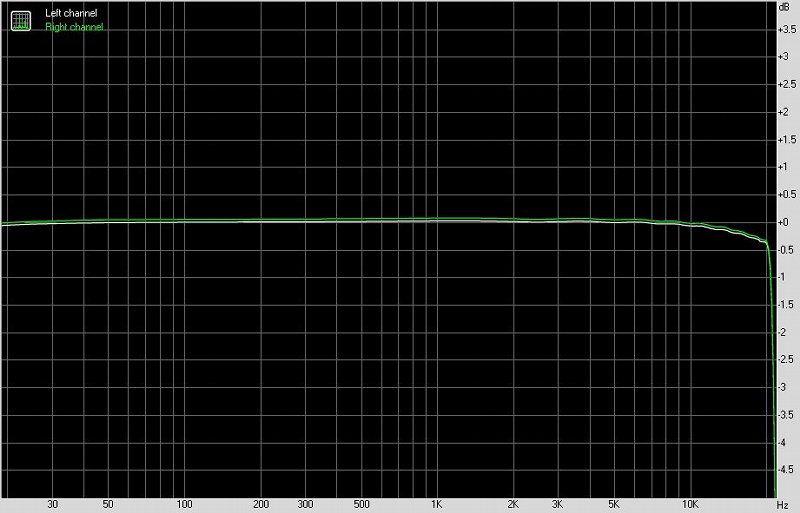
FiiO Feiao X1II Portable Audio Player-Frequency Response Curve
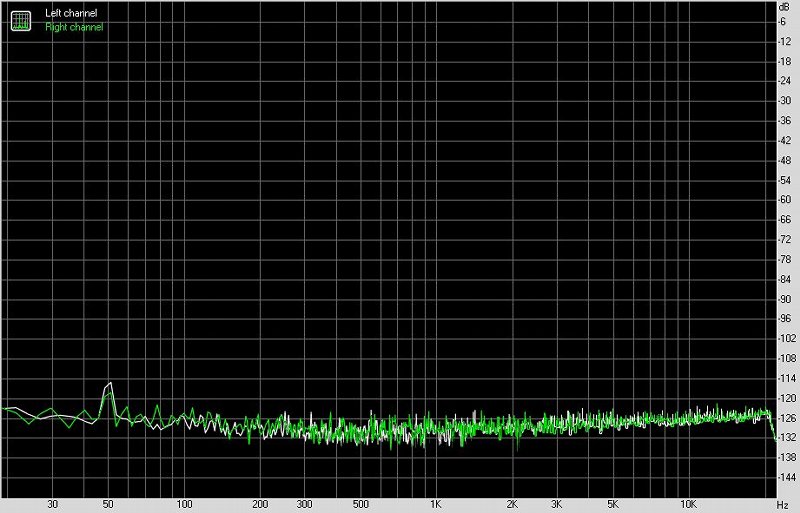
FiiO Feiao X1II Portable Audio Player-Noise Distribution
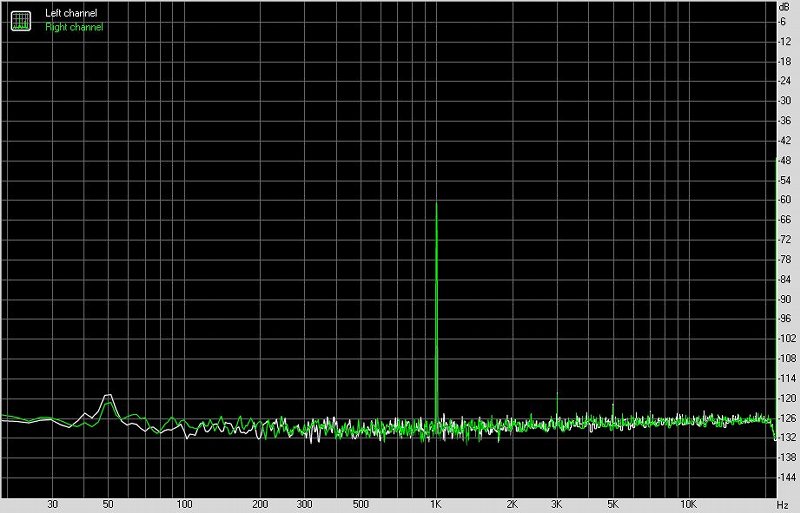
FiiO Feiao X1II Portable Audio Player-Dynamic Test
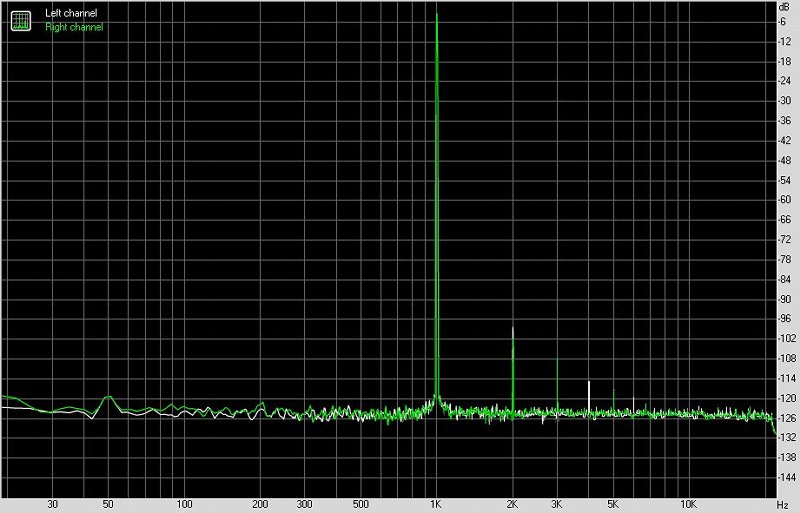
FiiO Feiao X1II Portable Audio Player-Total Harmonic Distortion
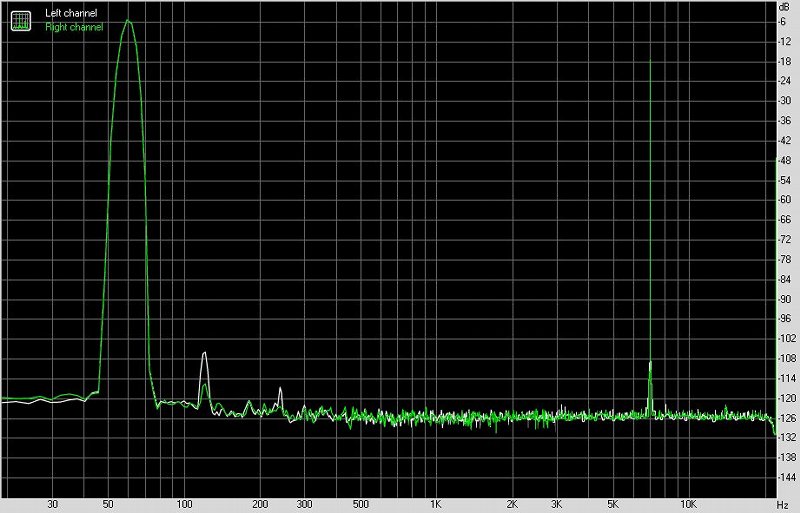
FiiO Feiao X1II Portable Audio Player-Intermodulation Distortion
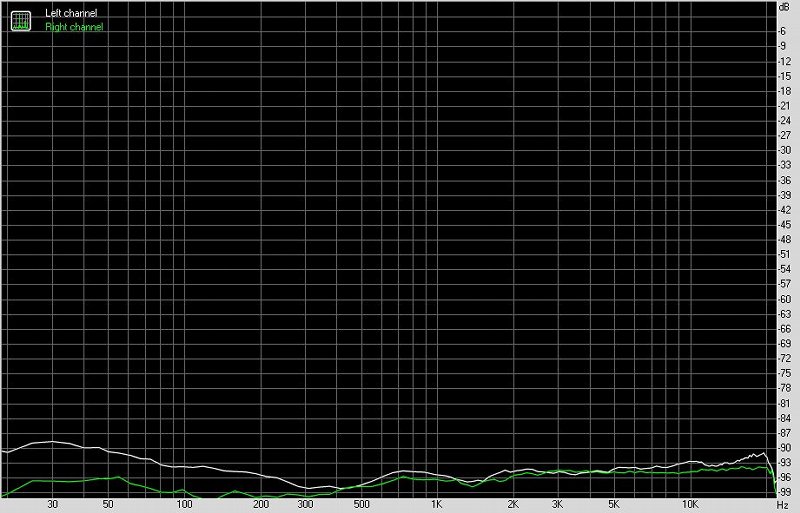
FiiO Feiao X1II Portable Audio Player-Separation Curve
Test Item | test results |
noise level, dB (A): | -96.2 |
Dynamic range. dB (A): | 96.3 |
total harmonic distortion, %: | 0.0017 |
intermodulation distortion, %: | 0.0052 |
stereo separation, dB: | -95.9 |
FiiO Feiao X1II Portable Audio Player-Frequency Scan @ 44.1kHz
FiiO Feiao X1II Portable Audio Player-Separation Test @ 44.1kHz
FiiO Feiao X1II Portable Audio Player-Frequency Scan @ 48kHz
FiiO Feiao X1II Portable Audio Player-Frequency Scan @ 96kHz
Judging from the objective test results, RMAA's performance and spectrum performance are normal. However, like the low-end DAC of PCM series such as PCM5142 in the past, the shoulder of the 1kHz partial pulse is still not close. It may be related to digital signal quality or peripheral power supply for unknown reasons. However, the spectrum of distortion and distortion shows that the performance is in a very ideal state.
But X1II has a small bug. At the sampling rates of 48kHz and 96kHz, a slight intermittent noise following the change of the frequency scanning signal can be seen in the frequency scanning. This noise intensity is very small, and it is not continuous in terms of time, but intermittent. This did not occur at a sampling rate of 44.1kHz. This part of the noise cannot be detected from the subjective sense of hearing, and from the perspective of listening to music, the current judgment influence can be ignored.
subjective hearing
's subjective hearing evaluation of Feiao X1II, we used as many earphone resources as possible around us. However, judging from the driving force of X1II, it is still more suitable for small earplugs. We choose Vsonic GR07C, Westone W4R, UE900 and other headphones as reference. Philips SHP9500, AKG K701 and K812 are also selected as simple references for headphones.
compared with the first generation X1, the sound style of Feiao X1II has changed relatively significantly. This change has different results when matched with different headphones. When matching W4R and UE900 with high-quality and easy-to-serve high-frequency moving iron headphones, X1II shows slightly better resolution and better medium and high frequency density. When paired with GR07C, although the density of X1II's sound has increased, some of it focuses on the pursuit of analytical power, the sound becomes tight, and the high frequency starts to harden. Not as slack as the first generation X1 sound. Interestingly, the phenomenon on GR07C can also correspond to moving-coil headphones such as K701, K812 or SHP9500.
the sound style of Feiao X1II is relatively close to that of X1, and the overall sound is relatively mild and delicate. On the small earbuds, the second-generation X1 showed a significantly more solid intermediate frequency, but the sound was not as loose and soft as the first generation. The human voice is full, the knot is better, but the sense of space is tight. In terms of overall sound resolution, it basically maintains the same level as the first generation. In terms of medium and low frequency and low frequency thickness, X1II is obviously more tasteful than the first generation, and has more sense of quantity, but for high-quality earphones and small earplugs, only the relative control of the moving iron will be better. However, the moving earplugs are not out of control, but are pushed slightly too hard and stiff. However, K812 and K712 are not suitable and will appear empty. The high impedance HD650 and the like, although the introduced sound pressure is not large enough, the sound is relatively balanced.
has both advantages and disadvantages, but from the perspective of listening endurance, the first generation is better. The relaxed and soft listening feeling we described at that time and has a good sense of space no longer exists on the second generation, especially on headphones. The X1II brings better overall dynamics and fuller intermediate frequency, while the headphones we use are relatively suitable for UE900 and W4R, while other headphones perform better on the first generation X1.
summary
from the experience of Feiao X1II, the biggest progress is the improvement of its shell design and technology, which also makes X1II look like a digital device with the appearance of keeping pace with the times. From the ideal of Feiao, X1II has added touch dial and Bluetooth wireless function, but these two functions are not perfect at present, and there is still some distance from the ideal or better user experience. In terms of sound performance, X1II lost the advantage of the first generation X1 in the sound style of the entry-level player, and turned to the pursuit of sound thickness and dynamics. Unfortunately, the final result can only be said to have gains and losses within limited conditions. The overall listening feeling is definitely not upgraded, but can only be said to be different styles. Generally speaking, if it is matched with moving iron headphones, the X1II will perform better and the others will perform better.
X1II is one that has taken more time since we evaluated Feiao player and earring. Compared with the worry-free and stable products of Feiao before, X1II's new operating system still has many bugs, which will not be explained here. However, judging from the maintenance level of Feiao's firmware in the past, I believe there is room for improvement in all parts of the X1II experience. According to the Soomal evaluation rules, we may supplement the stable X1II to evaluate the Soomal evaluation rules [2014] [author: Soomal]. However, judging from the current X1II, progress may be limited to its appearance.
The article is transferred from Digital Duo, please stamp the original link>> 〉 〉Click



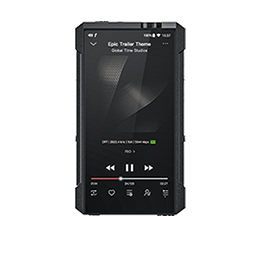
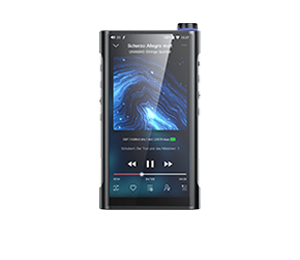
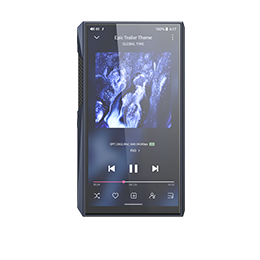
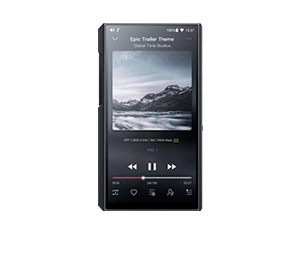
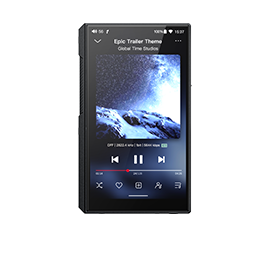




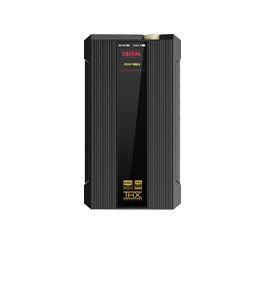
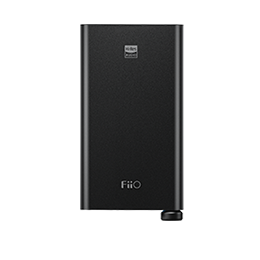
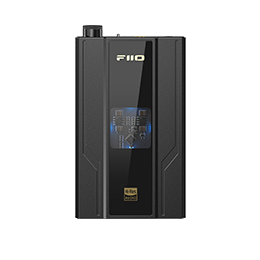





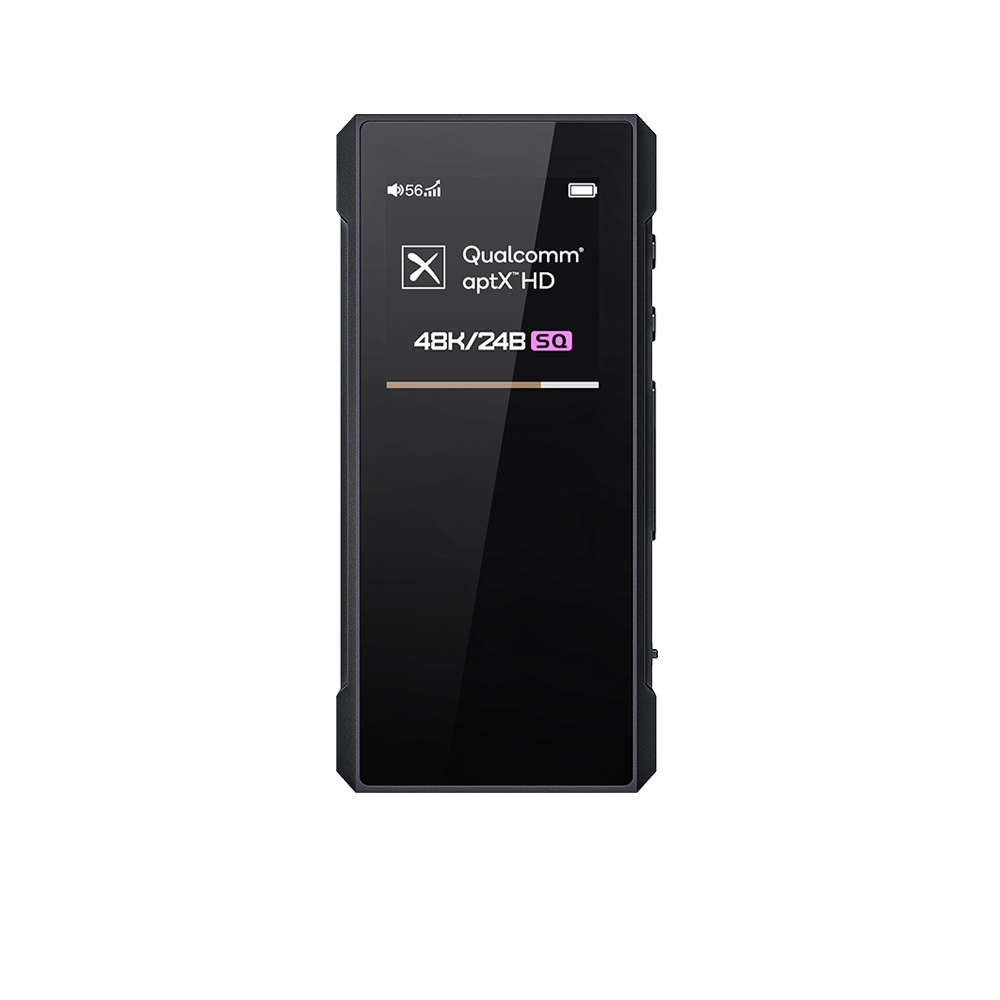
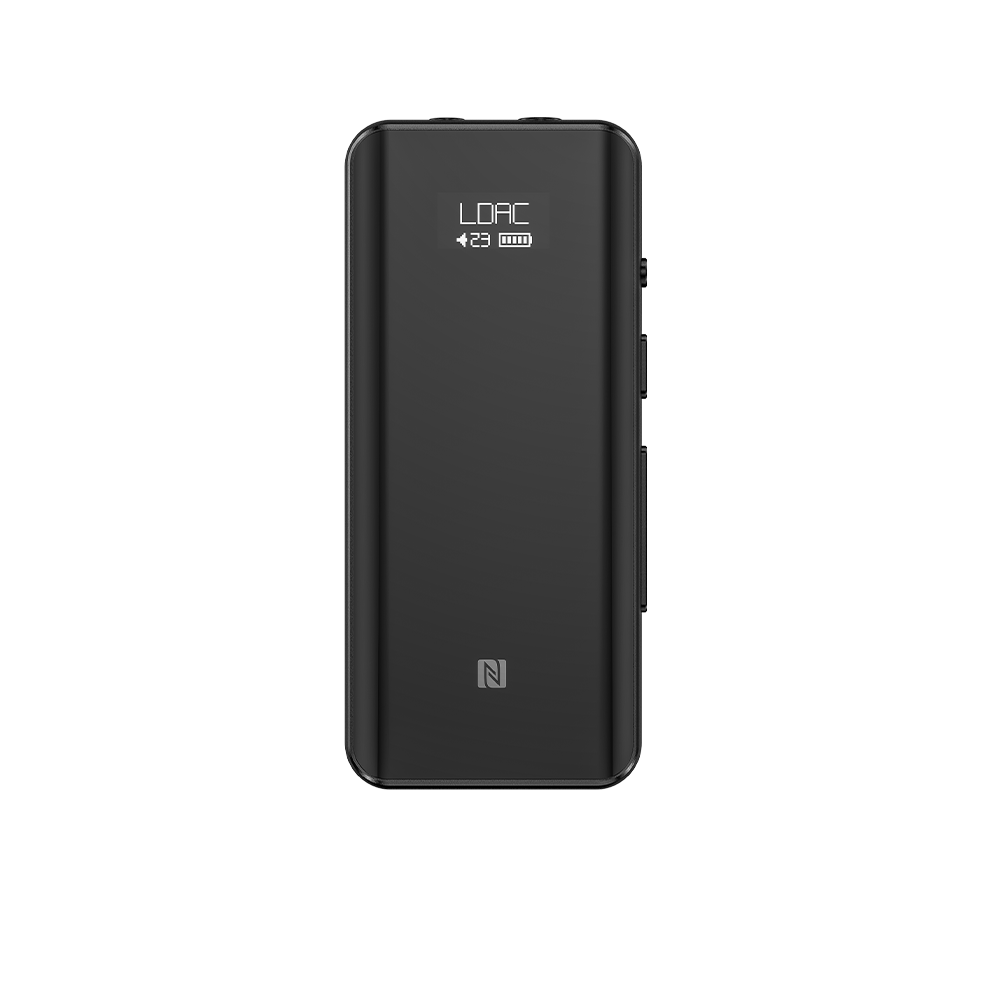
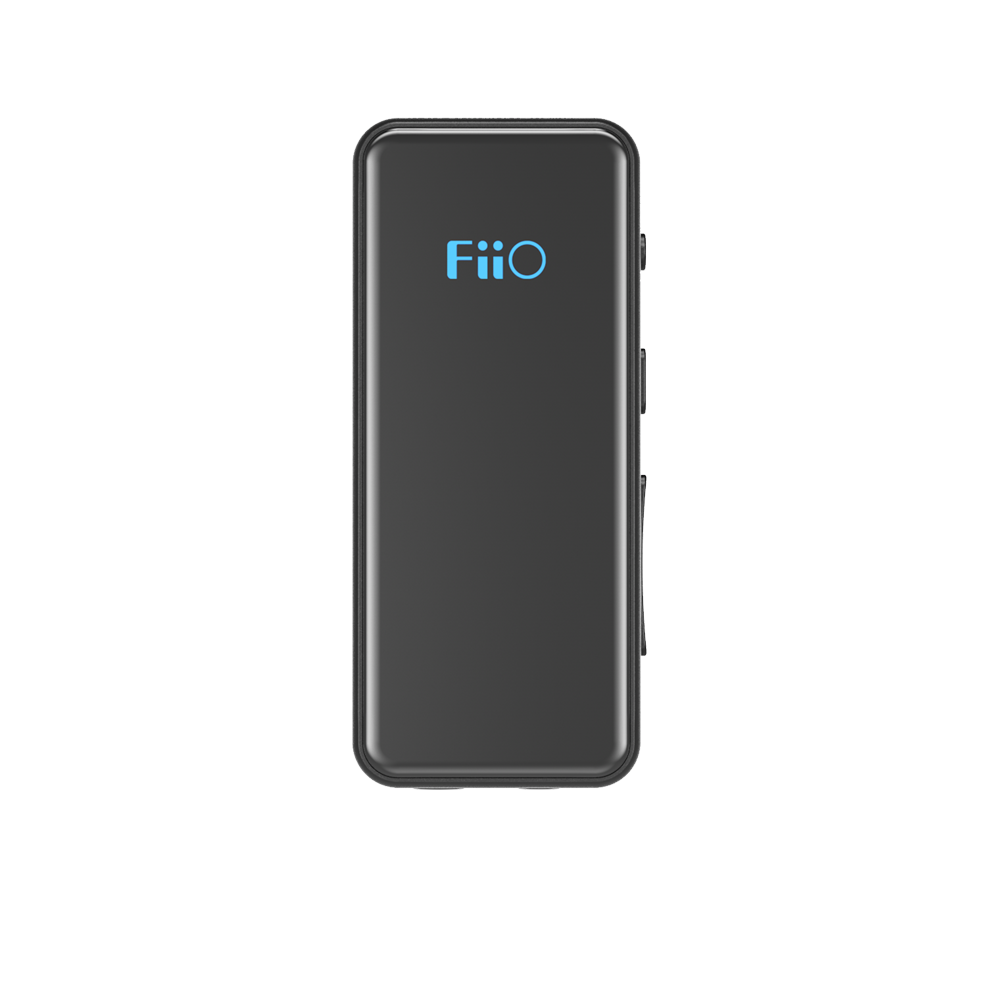
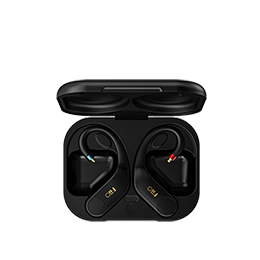
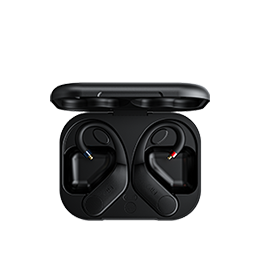

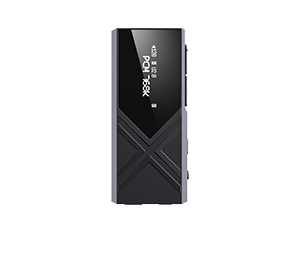

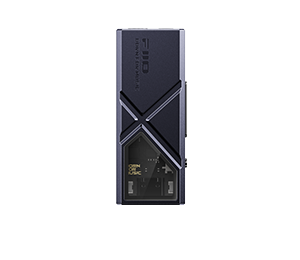
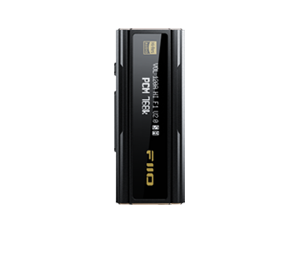
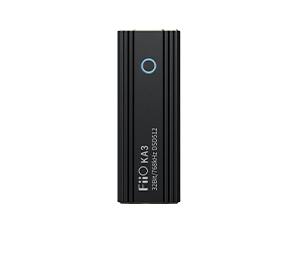
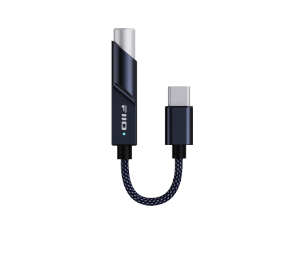






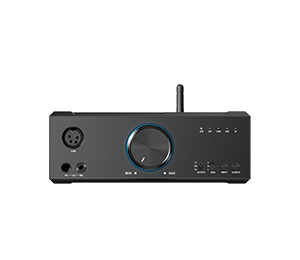
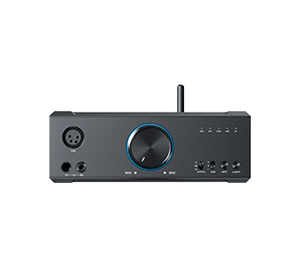

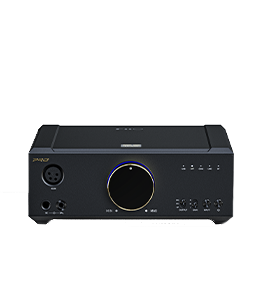
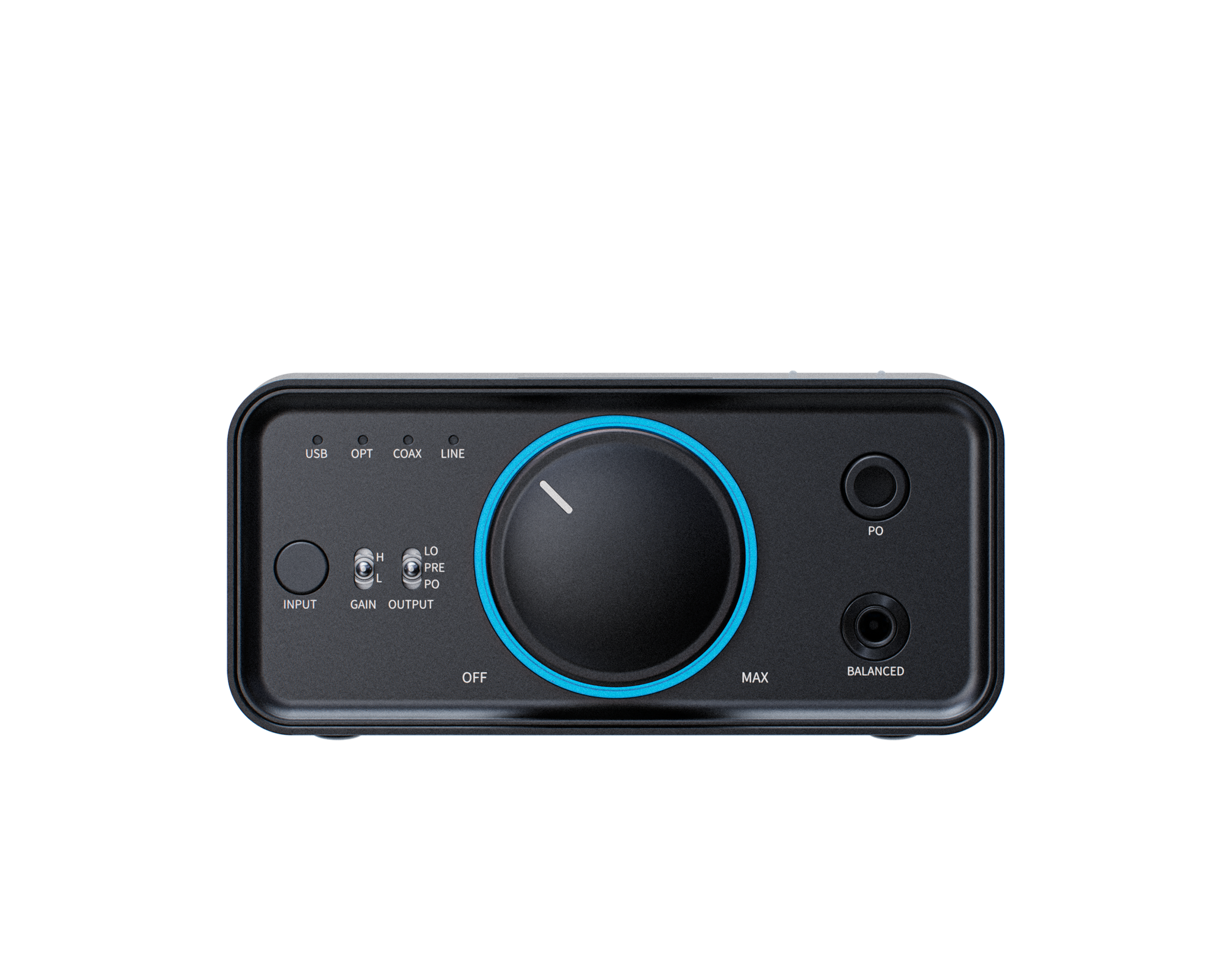
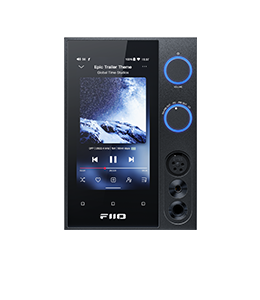
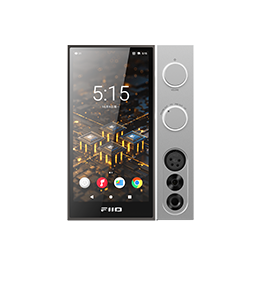

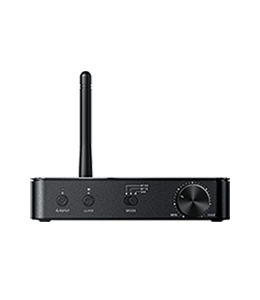
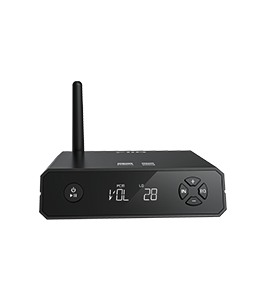
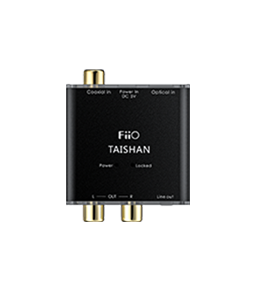


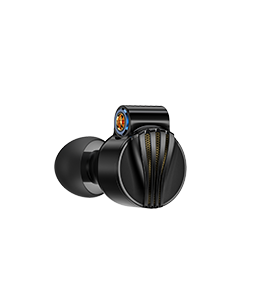
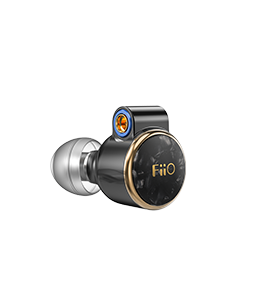
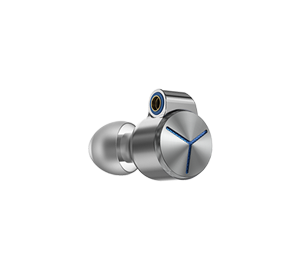
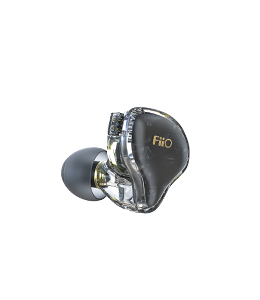
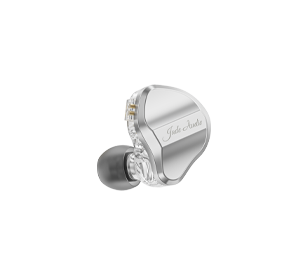
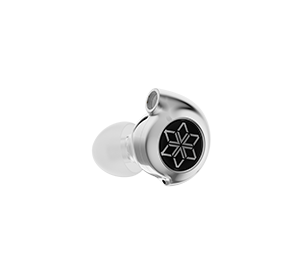

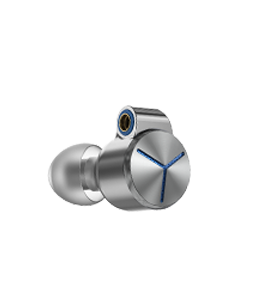

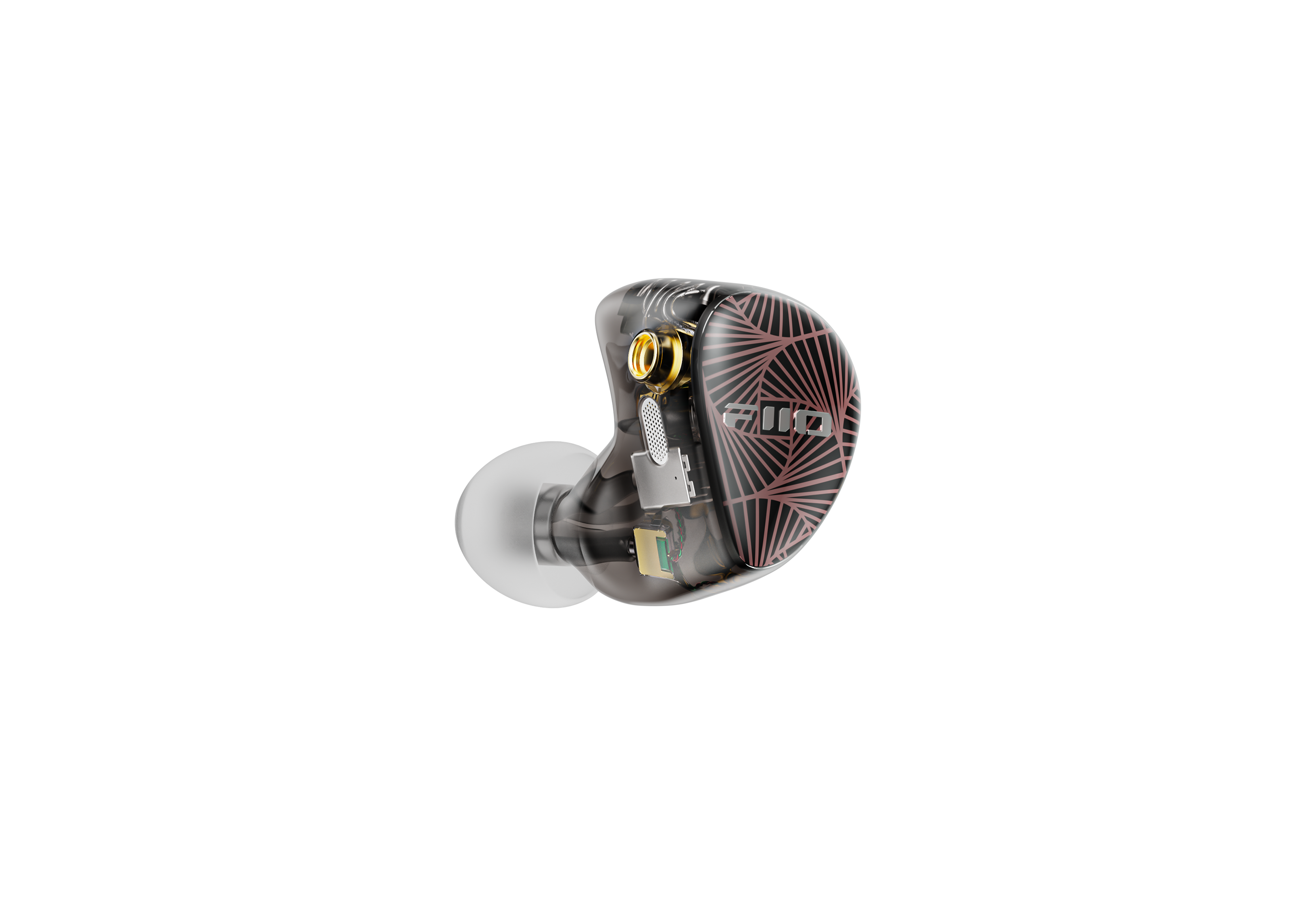


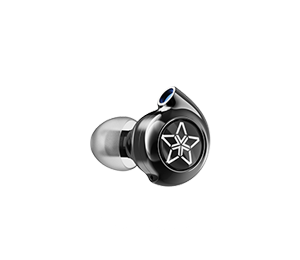

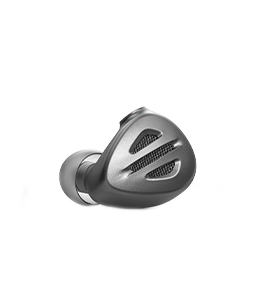
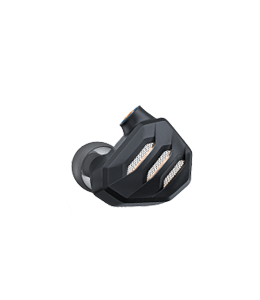
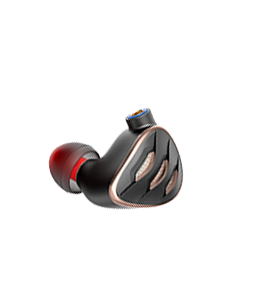
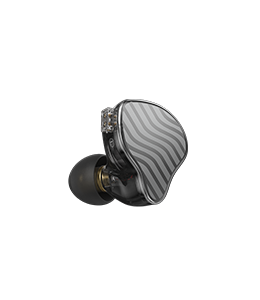
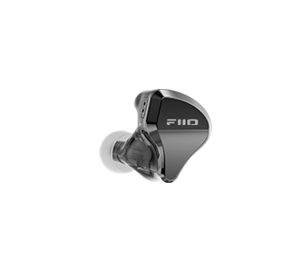

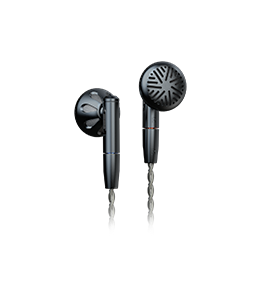
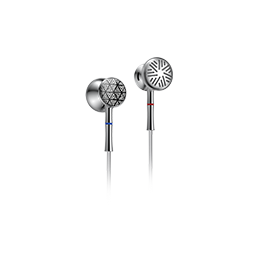

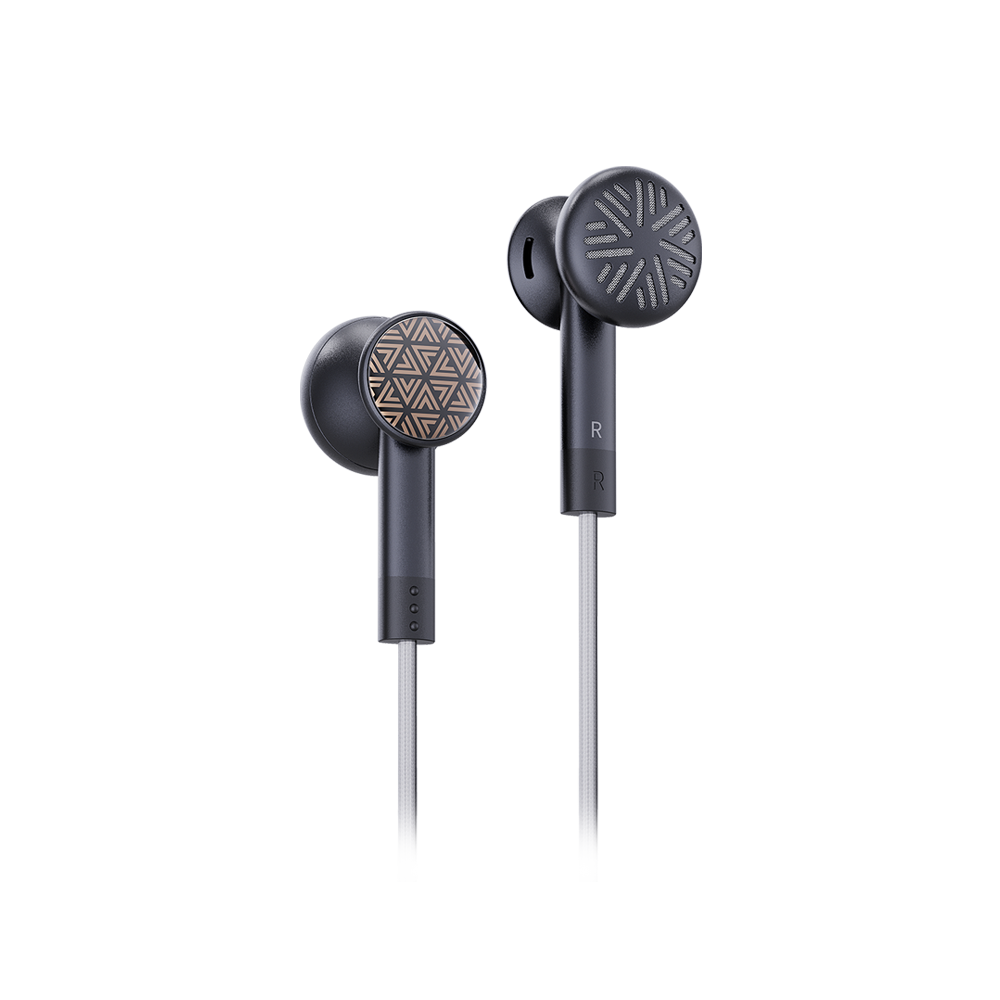




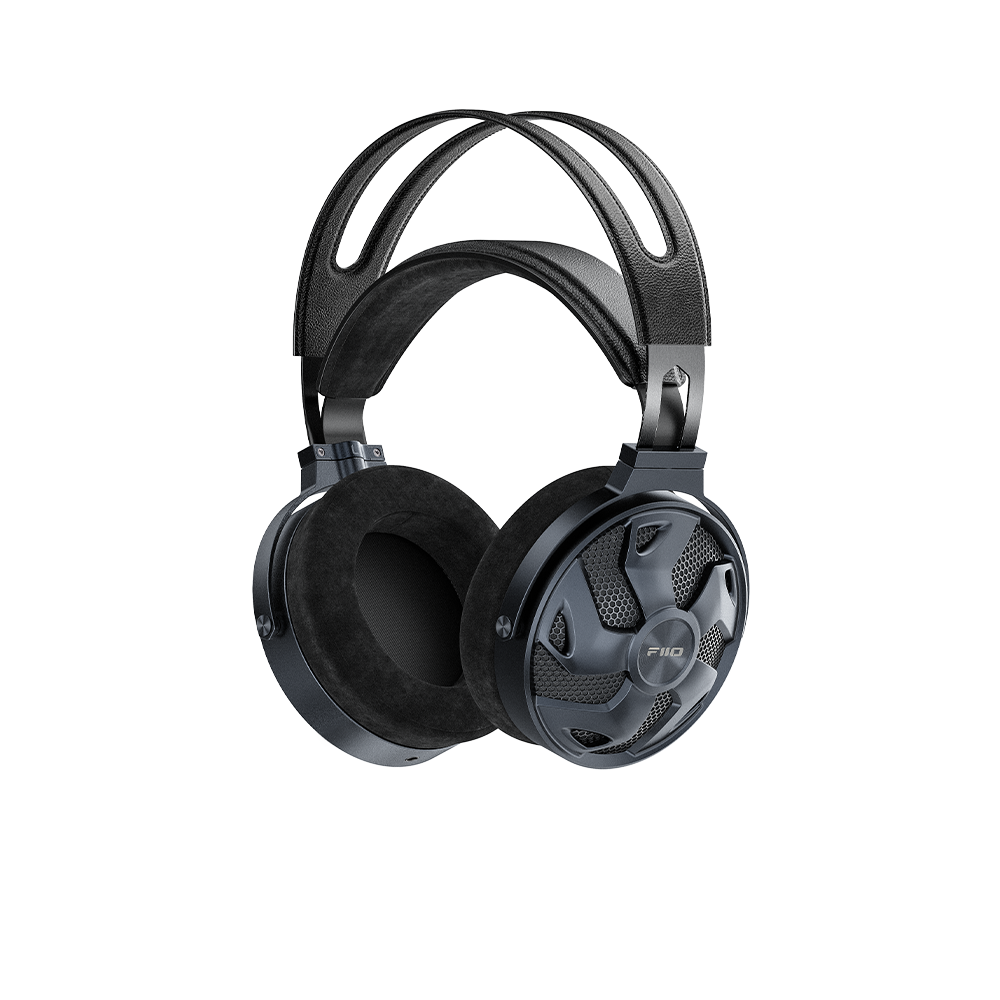
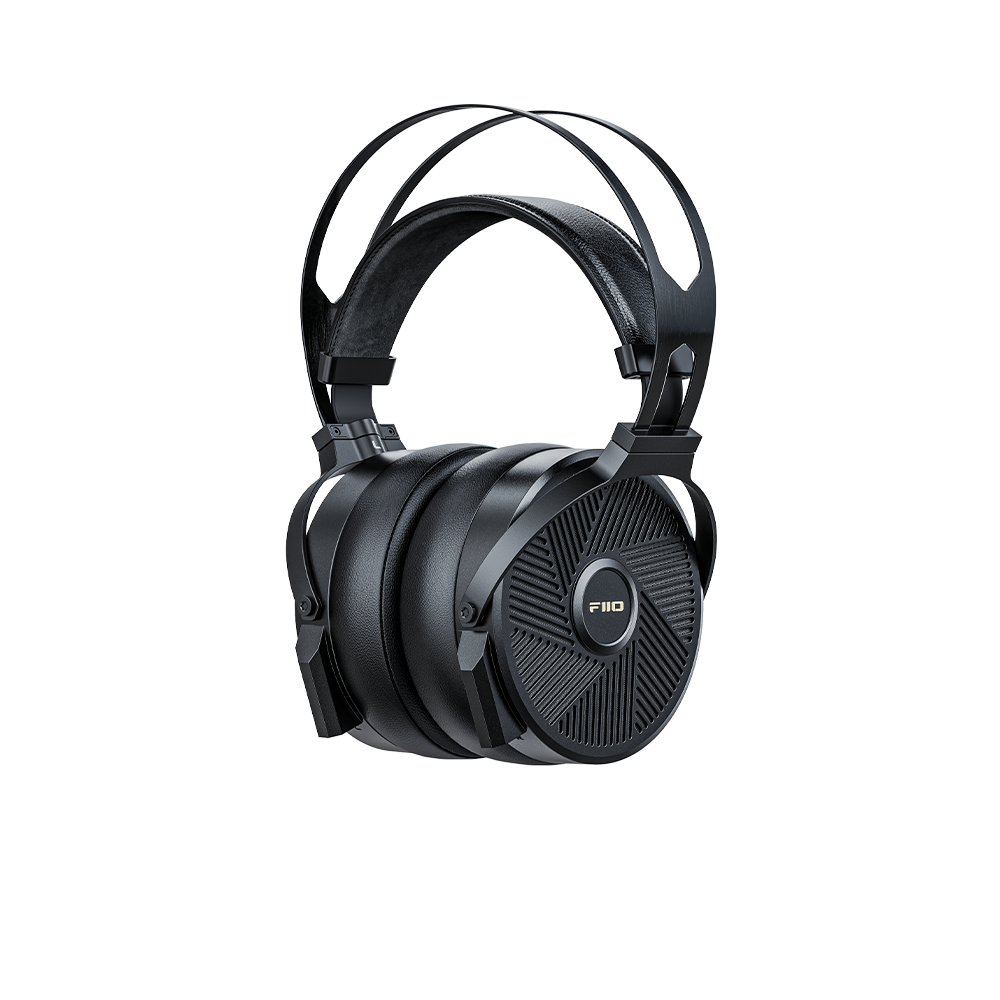
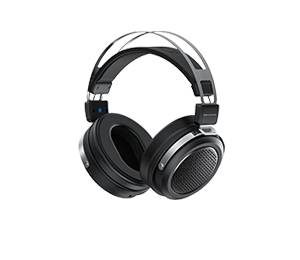

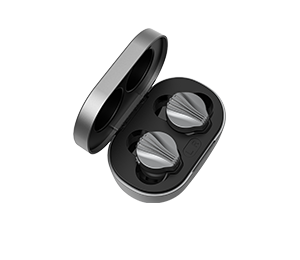
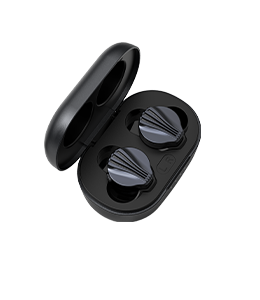




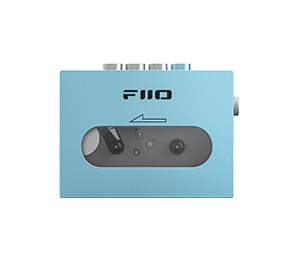



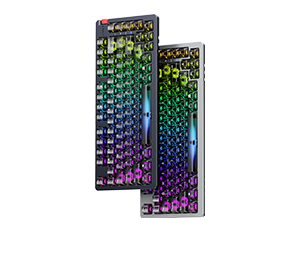
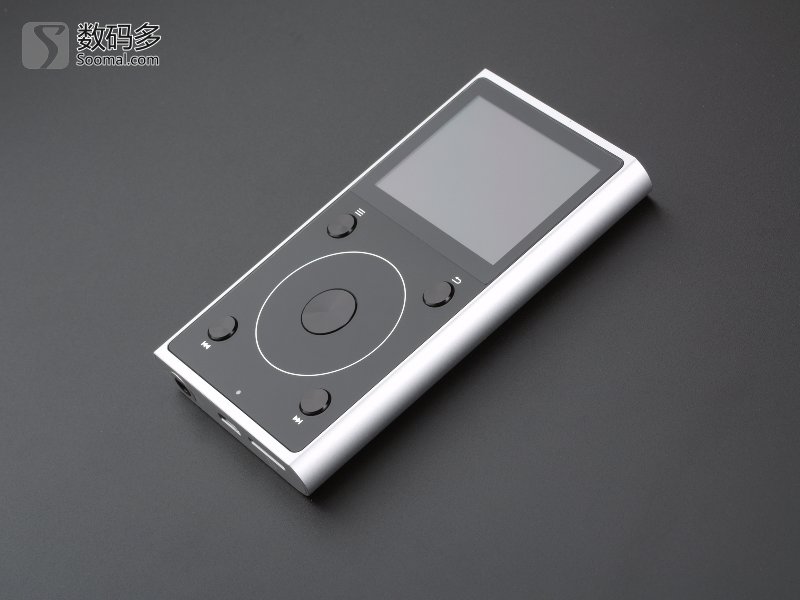
![FiiO 飞傲 X1II 便携式音频播放器-对比FiiO X1[第一代]](http://www.soomal.com/images/doc/20161025/00063953_01.jpg)
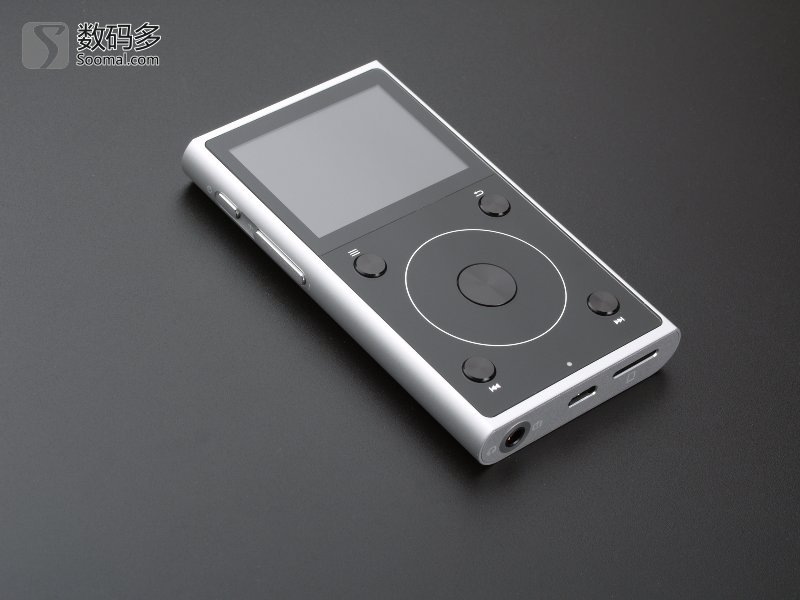
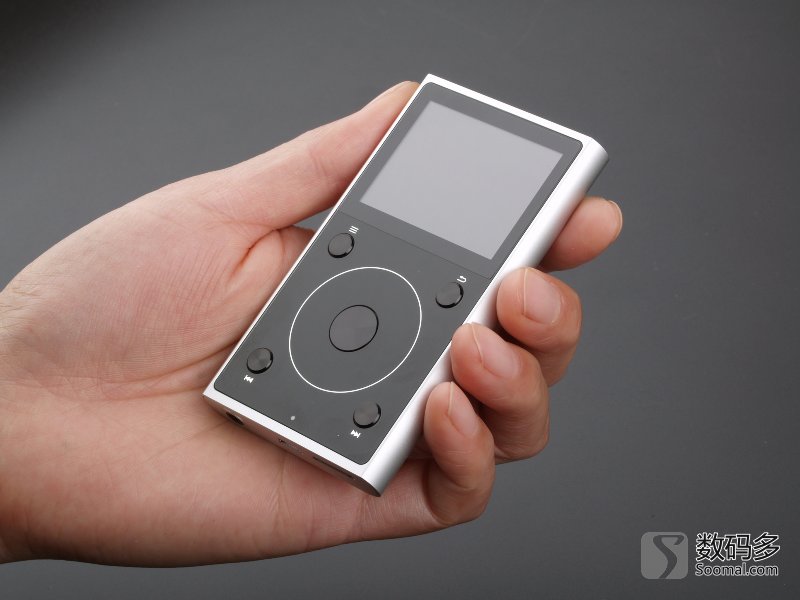
![FiiO 飞傲 X1II 便携式音频播放器-对比FiiO X1[第一代]](http://www.soomal.com/images/doc/20161025/00063954_01.jpg)
